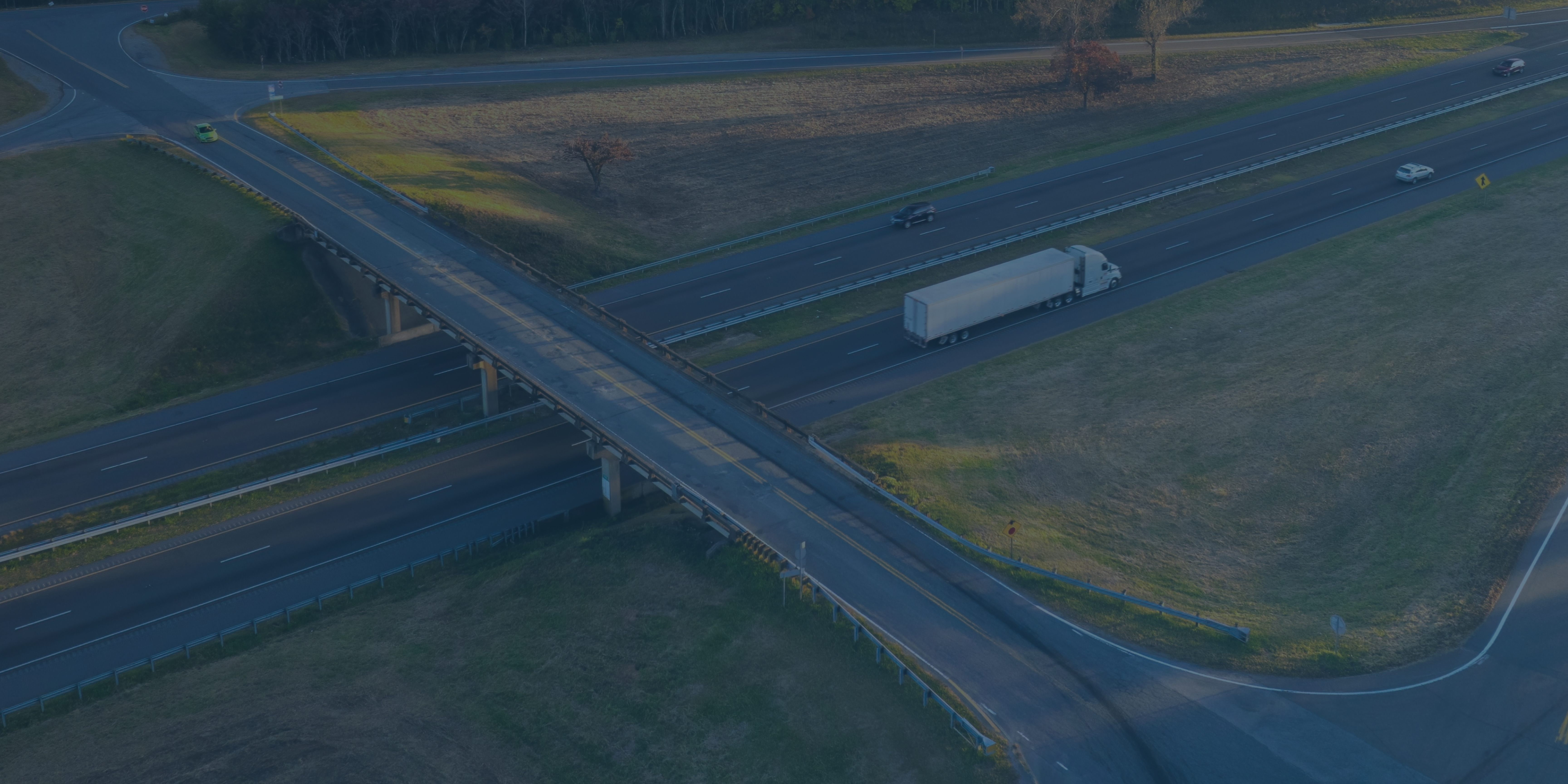
Companies managing fleets are constantly seeking innovative solutions to streamline operations, enhance efficiency and ensure road safety. Fleet telematics devices have to help solve some of these challenges. Over the past few decades, fleets have implemented more technology into their vehicles, using various after-market telematics devices.
These devices, ranging from battery-powered units to sophisticated data-collection systems, are pivotal in optimizing fleet performance, reducing costs and improving overall productivity. In this blog post, we explore how fleets and commercial carriers can benefit from the data they collect and the different types of telematics devices they utilize.
How Do Fleets and Insurers Use Telematics Data?
1. Operational Tracking and Fuel Efficiency
Asset location management was one of the earliest uses of telematics data and continues to be one of the most valuable uses for fleet managers. With live vehicle tracking, a fleet manager can identify where their vehicles are at any given time. This helps to manage route optimization, geo-zones, schedules and fuel costs.
2. Insurance and Risk
Insurance telematics devices are growing in popularity as tools that can enable usage-based insurance and help manage insurance premiums. Telematics data can help insurers identify which drivers in a fleet are most risky and recommend training to help the fleet improve. When managed efficiently, telematics data can easily reduce a commercial fleet’s risk on the road. This information, used in conjunction with driver training , can help reduce overall risk by 33% based on SambaSafety client performance.
3. Safety and Compliance
Telematics devices can be used to stay on top of compliance requirements using driver feedback devices and apps. This can include information about rest periods, driving hours, speeding violations and axle weights.
4. Maintenance and Vehicle Health
More robust telematics devices can also help diagnose a vehicle’s health and condition by providing real-time engine diagnostics for predictive vehicle maintenance. This can help prevent unforeseen business disruptions, vehicle breakdowns and high repair costs.
Download Our Telematics Device Comparison Guide
Types of Fleet Telematics Devices
1. Battery Powered Devices
Battery-powered telematics units are compact devices that utilize satellite signals to pinpoint the exact location of vehicles in real-time and provide basic telematics information. For fleet managers, they are indispensable when it comes to monitoring vehicle movements, tracking routes and ensuring adherence to schedules.
Battery-powered units can also provide insurers with valuable insights into driver behavior, such as speed, location and movement trends. Moreover, they enhance security by enabling swift recovery in case of theft or unauthorized use.
With advancements in telematics, the technology in battery-powered units has become standard, prompting many fleets to choose more sophisticated options.
2. Mobile Apps
App-based telematics solutions leverage smartphones' ubiquity to transform ordinary mobile devices into sophisticated tracking and monitoring tools. By harnessing smartphones' built-in sensors and connectivity features, these solutions offer a cost-effective alternative to traditional telematics devices.
Commercial fleets can utilize app-based telematics to track vehicle location, monitor driver behavior and collect essential data for fleet management purposes. With features such as trip logging, geofencing and driver scoring, app-based telematics solutions empower businesses to optimize fleet operations while minimizing hardware costs.
While app-based solutions allow fleet managers to stay on top of assets and maintenance, the data provided through apps is less reliable than other methods.
3. OBD-II Devices
On-Board Diagnostics (OBD-II) devices plug into a vehicle's OBD port to capture a wealth of diagnostic data. Widely used by early personal lines insurers for usage-based insurance (UBI) programs, these devices offer basic location-based tracking and driving behavior. Some devices offer limited vehicle diagnostics such as fuel consumption, which is essential for commercial fleets.
While self-install methods can impact reliability, insurers can leverage OBD-II data to gain high-level telematics information about fleets in their book of business.
4. Professional Fit Black Box (Bus and 3-wire Adapters)
Professional fit black box adaptors are an advanced telematics option for fleets. There are a couple of options for black box adaptors. The Controller Area Network (CAN) bus adaptors interface directly with a vehicle's onboard CAN bus, enabling access to a vast array of vehicle data beyond what OBD-II devices provide.
CAN bus adaptors capture data on engine parameters, vehicle speed, braking patterns and more, offering a comprehensive view of vehicle performance and driver behavior. They empower fleet managers to fine-tune operational strategies and identify opportunities for fuel efficiency improvement.
Similar to CAN bus adaptors, 3-wire adaptors provide rich telematics data - but lack onboard diagnostics. Both options are relatively tamperproof and can support multiple applications, which are often used as a hub for multiple inputs/outputs.
The rich data from professional fit black box devices enables insurers to recommend and implement targeted driver training programs. This helps fleets in their book enhance safety and compliance.
5. Dash Cameras
Dash cameras equipped with telematics capabilities combine video recording with vehicle tracking and data analysis functionalities. These advanced devices capture high-definition footage of the road ahead while simultaneously logging GPS data, vehicle speed and other relevant information. Dash cameras with telematics integration serve as powerful tools for insurers to mitigate risk, investigate accidents and protect against fraudulent claims.
These devices help safeguard fleets from liability and uphold driver accountability by providing irrefutable evidence in case of incidents.
Telematics Aggregation Brings It All Together
Fleets rely heavily on telematics devices to enhance operational efficiency, improve safety and drive cost savings. They often use multiple telematics devices to access all the information they need to operate efficiently. Being able to aggregate telematics data from multiple device types delivers the most accurate representation of the risk a fleet presents.
As insurers prepare to integrate telematics data into their business, they should prioritize data aggregation to expand their reach with telematics offerings. Partnering with a telematics aggregation provider, like SambaSafety, enables insurers to quickly ingest data from multiple telematics devices, ensures data quality and normalizes the different data formats.
By leveraging the insights provided by telematics devices, commercial insurers can make informed decisions, optimize underwriting and stay ahead in a competitive marketplace. As technology continues to evolve, the role of telematics devices in shaping the future of commercial automotive operations will only grow in significance.
To learn more about telematics devices commonly used in commercial fleets, download “An Insurer’s Guide to Telematics Devices,” for our side-by-side comparison of device types.



